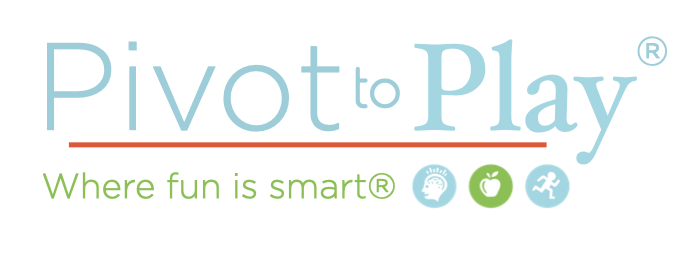Part 1: Video Presentation
Big body physical play. This is something children innately crave. They show us every time we open the door to our classroom or the gate to the playground. They run, screaming in joy, calling out to friends, and laughing. This is Mother Nature’s way of making sure children enjoy moving so they will continue to do it. And as they do they will get strong. They will get healthy.
And most importantly, they will build neural connections that organize their brains for classroom success. They will build strengths and skills that make learning easier.
Bottom line, if we don’t give kids ample opportunity for big body play during the school day, if we don’t give them plenty of time to move, their brains are going to make them move whether we like it or not.
And as you will see, if we don’t give them plenty of time to move, school is harder than it needs to be.
Keep in mind there are two kinds of play, structured and unstructured. What we are offering in this curriculum is structured play. This is a time to achieve several goals:
- Assessment. When children are moving in a structured game, the children are generally doing the same thing. This allows adults and teachers to see more clearly children who may be having physical challenges (toe walking, not jumping, unusual difficulty with balance or body awareness for example). It also gives adults time to find out which children might be struggling with processing oral directions.
- Rules. We all must follow rules and this is a great time for children to practice following the rules of a game. Rules are important for both safety and mutual success of all participants in a game or activity.
- Self-regulation. Structured play is a great time to practice staving off those self-gratifying urges and internalizing skills that help children self-regulate, manage their self-control and behavior.
Unstructured play on the other hand is equally as important. This play is child-directed and the more it can take place outside the better. As a much more social form of play, children in self-directed play learn skills that also improve their self-regulation, self-control and behavior while staving off those self-gratifying urges in order to continue play. In this form of play children learn vital lifelong skills like:
- Kindess
- Creativity
- Resilience
- Mental and emotional flexibility
- Patience
- Leadership (and when to be the follower)
- Goal setting
- Body language
- Empathy
- Problem solving
- and so on
In this video we will take a hard look at the proprioceptive and vestibular systems, core, grip, upper body and aerobic strength and connect them to classroom success.
A few additional tips about these strengths and skills:
- The proprioceptive system lives in our ligaments and joints. It is our sense of force and helps us understand how to move our bodies with skill whether it is to climb a tree, kick a ball or write our names. It helps us build a mental map of our bodies which we learn through the trial and error of play and then apply to a classroom experience.
- The vestibular system lives in the inner ear. This is our sense of balance and helps us understand where we are in the world. A weak vestibular system can negatively influence our ability to learn to read and attend.
- Core strength is the foundation for all our other strengths. It is the platform from which we move our appendages with skill. As humans we begin to build core strength early. In generations past we build this strength on blankets and in playpens where we were unsupported. Equally, previous generations spent lots of time in tummy time, which meant lifting the heaviest part of the body (the head) to take in the environment. This alone is a tremendous core strengthening exercise. But tummy time also means pushing down with the hands and arms building upper body and grip strength as well. More recent generations have spent less time in tummy time, and have therefore started their educational journey already hindered.
- Upper body and grip strength are wholly dependent on a strong core. Not only are they physically needed for learning to use a pencil, the mechanics of pencil use are preferable to keyboarding for the cross brain challenges that help children move from the dominant right brain to a more balance brain.
- Aerobic strength is vital due to its impact on the brain and brain function. Though young children are interval trainers, they do get aerobic even if they can’t sustain aerobic movement for the same amount of time older children are able to. Aerobic gains still take place in early childhood and build a base for future gains as well.
Resources
Ratey, John. Spark, the Revolutionary New Science of Exercise and the Brain. Hatchette Book Group, New York. 2008.
Sandercock, GRH. Temporal trends in muscular fitness of English 10-year-olds 1998–2014: An allometric approach. July 2018
Hamblin, John. Kids Today Take 90 Seconds Longer to Run a Mile Than Kids in the 1980s. The Atlantic. 11/20/13
Samuels, Robert. Frederick’s Orchard Grove Making Strides in Fitness. Washington Post 5/29/11. And data provided personally by Brenda Tarquinio, PE teacher who created the program
Pawlowski, A. Want kids to listen more, fidget less? Try more recess… this school did. Today.com. 1/8/16
